1961 P.D. Eastman’s “Go Dog Go?”: 131 ppm Lead + 11 ppm Arsenic! Are your kid’s books safe? Are they vintage?
For those new to this website:
Tamara Rubin is a multiple-federal-award-winning independent advocate for childhood Lead poisoning prevention and consumer goods safety, and a documentary filmmaker. She is also a mother of Lead-poisoned children (two of her sons were acutely Lead-poisoned in 2005). Since 2009, Tamara has been using XRF technology (a scientific method used by the U.S. Consumer Product Safety Commission) to test consumer goods for toxicants (specifically heavy metals — including Lead, Cadmium, Mercury, Antimony, and Arsenic). Tamara’s work was featured in Consumer Reports Magazine in February 2023 (March 2023 print edition).
When tested with an XRF instrument, this 1961 hardcover “Book Club Edition” of “Go Dog Go,” by P.D. Eastman had the following readings:
On the (exterior) cover:
- Lead (Pb): 138 +/- 9 ppm
- Arsenic (As): 11 +/- 7 ppm
- Bromine (Br): 4 +/- 2 ppm
- Zinc (Zn): 1,352 +/- 27 ppm
- Iron (Fe): 367 +/- 28 ppm
- Titanium (Ti): 4,893 +/- 299 ppm
Continue reading below the image.
On a sample of the (interior) pages:
- Lead (Pb): 11 +/- 3 ppm
- Barium (Ba): 188 +/- 100 ppm
- Bromine (Br): 3 +/- 2 ppm
- Zinc (Zn): 55 +/- 8 ppm
- Copper (Cu): 54 +/- 11 ppm
- Iron (Fe): 729 +/- 38 ppm
- Titanium (Ti): 1,239 +/- 242 ppm
All tests reported in this article were performed for a minimum of 60 seconds each. Tests were repeated multiple times (on each component) to confirm the results. Results are science-based, replicable, and accurate. All metals detected with the XRF instrument (in Consumer Goods mode) are listed above. If a metal was not detected by the XRF instrument, it is not listed.
Continue reading below the image.
An important point to note:
While the only date that we could find printed on the book was 1961 (see image above), I want to be clear that this date is the copyright date. This particular book may very well have been printed years after that date. The book was owned by a woman who was born in the late 1970s, so it is possible it was purchased new as late as 1979 (or maybe even later). If the owners’ family provides me with any additional information about the year they acquired this book, I will let you know. The Lead levels found in this book are consistent with a book printed in the 1960s or 1970s.
How much Lead is “too much Lead?”
The amount of Lead considered unsafe (and illegal) in a newly-manufactured item “intended for use by children” today is anything 90 ppm Lead (or higher) in the paint, glaze, or coating, or anything 100 ppm Lead or higher in the substrate. With that context, this book would be considered to be just outside a “safe” range.
HOWEVER: When considering possible toxicant exposure posed by vintage BOOKS, I do not think the current standard for Lead in consumer goods is strict enough. The Lead in vintage books (which is often found both in the covers and in pages that get a lot of handling by children — pages that wear and create dust) is more likely to be bioavailable to children handling the item, even at these low low levels, because it is more likely a dust hazard. In my professional opinion, a standard that is more in line with dust wipe sample standards (which are more strict/hazardous at lower levels than total content standards) should be applied to the concern for Lead in vintage books. Accordingly, I would definitely not personally consider this book safe for children to use (especially given it is easily and cheaply replaced — a brand new version of this book can be found online or in stores for about $5.00 or less, and is completely Lead-free)!
Takeaway:
Vintage books are not generally safe for children to play with or read (and while this one is fairly low Lead, I have tested many vintage books that have much higher Lead levels — in some cases orders of magnitude higher!). If you must keep them for sentimental reasons, please keep them locked in a case behind glass — as you might with works of art or other items of historical significance. Books made after 1980 (and definitely after 1985) are more likely to be Lead-free (but this is in no way guaranteed — especially if the books have integrated non-paper components, like the book with the integrated xylophone that I share about in my film). Your best bet in looking for safe books (safe from a toxicant/ heavy metal perspective) for use by young children is to only purchase books printed after 2011 (after which the United States Consumer Product Safety Improvement Act of 2008 was fully enforceable).
Again, given how readily available new copies of this particular book are, I would always ignore any sentimentality over an older children’s book and opt for a brand new copy for your children (a copy which they can then safely hand down to their children and grandchildren, too)! If there is a personal inscription (from a late family member or similar) or something else personal you want to save that has been written in an old book (and if that book was mass-manufactured and has no value as an antique), consider cutting out the page with the inscription and framing it behind glass.
What about children’s books in libraries? Are they safe for kids to read?
With the implementation of the CPSIA in 2008, there was a big pushback from libraries and other institutions with large collections of older books. Ultimately, they were given more time to comply with the new regulations but were — in the end — also required to only have newer books (books more likely to be Lead-free) in their children’s sections (sections of books where children are expected to read and handle the books). If your children go to a public library for much of their reading, you can be very confident that the selection of children’s books there is likely to be Lead-free.
Unfortunately, many private schools, daycares, churches, community centers, etc. (especially those formed after 2011) might not know about these regulations — and may have a selection of unsafe (older/vintage) books in their collection. My best advice to parents facing a situation like this is that you might want to offer to volunteer to take the time to go through the book collection at the school or daycare and find and remove all the pre-1980 books and offer to replace them (or to help raise the funds to replace them) with newer copies of the same books.
Here are some articles discussing the pushback from the printing and library industries regarding the concern for Lead in books, and especially Lead in children’s books. Please understand the regulatory standards and related considerations in these articles only apply to newly manufactured (post-2008) books:
- Book Manufacturing: https://bomi.memberclicks.net/cpsia
- Libraries: http://www.nysl.nysed.gov/libdev/youthsvs/cpsialis.htm
- Post discussing 1985 as a good cutoff year for book safety (from a Lead perspective): https://www.rarebookhub.com/articles/774?id=774
- Libraries: https://www.statelibraryofiowa.org/archive/e2009/f09/anti
From the 3rd article linked above, “In addition, the rule states: “Used vintage children’s books and other children’s products sold as collector’s items would not be primarily intended for children. Because of their value and age, they would not be expected to be used by children. Therefore, they do not fall into the definition of children’s product and do not need to comply with the lead limits.”
Unfortunately, this exemption ignores the practical fact that in many homes (and some schools) across the country vintage books are often read by young children, especially books like the one pictured in this article.
Some additional reading:
- To see more vintage books I have tested, click here.
- To see more books from the 1960s that I have tested, click here.
- To see more books from the 1970s that I have tested, click here.
- To see more hardcover books I have tested, click here.
Here is my Amazon affiliate link* for this book brand new on Amazon today (please make sure you are buying a new copy from a reputable vendor — with a good rating! — before completing your purchase!): https://amzn.to/2tWjoam.
Thank you for reading and for sharing my articles!
As always, please let me know if you have any questions.
Tamara Rubin
#LeadSafeMama
Amazon links are affiliate links. If you purchase something after clicking on one of our links, Lead Safe Mama, LLC may receive a small percentage of what you spend at no extra cost to you.
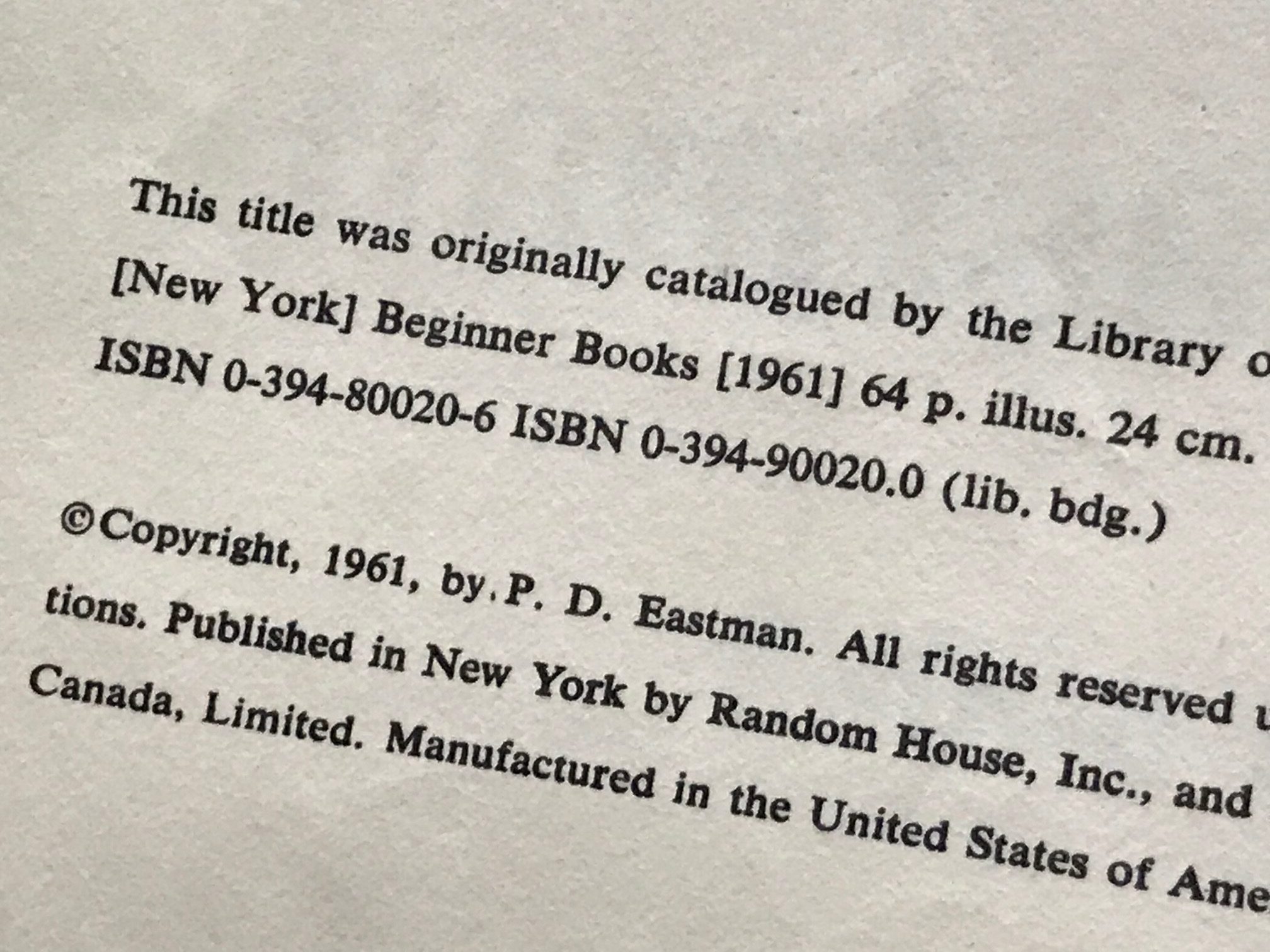
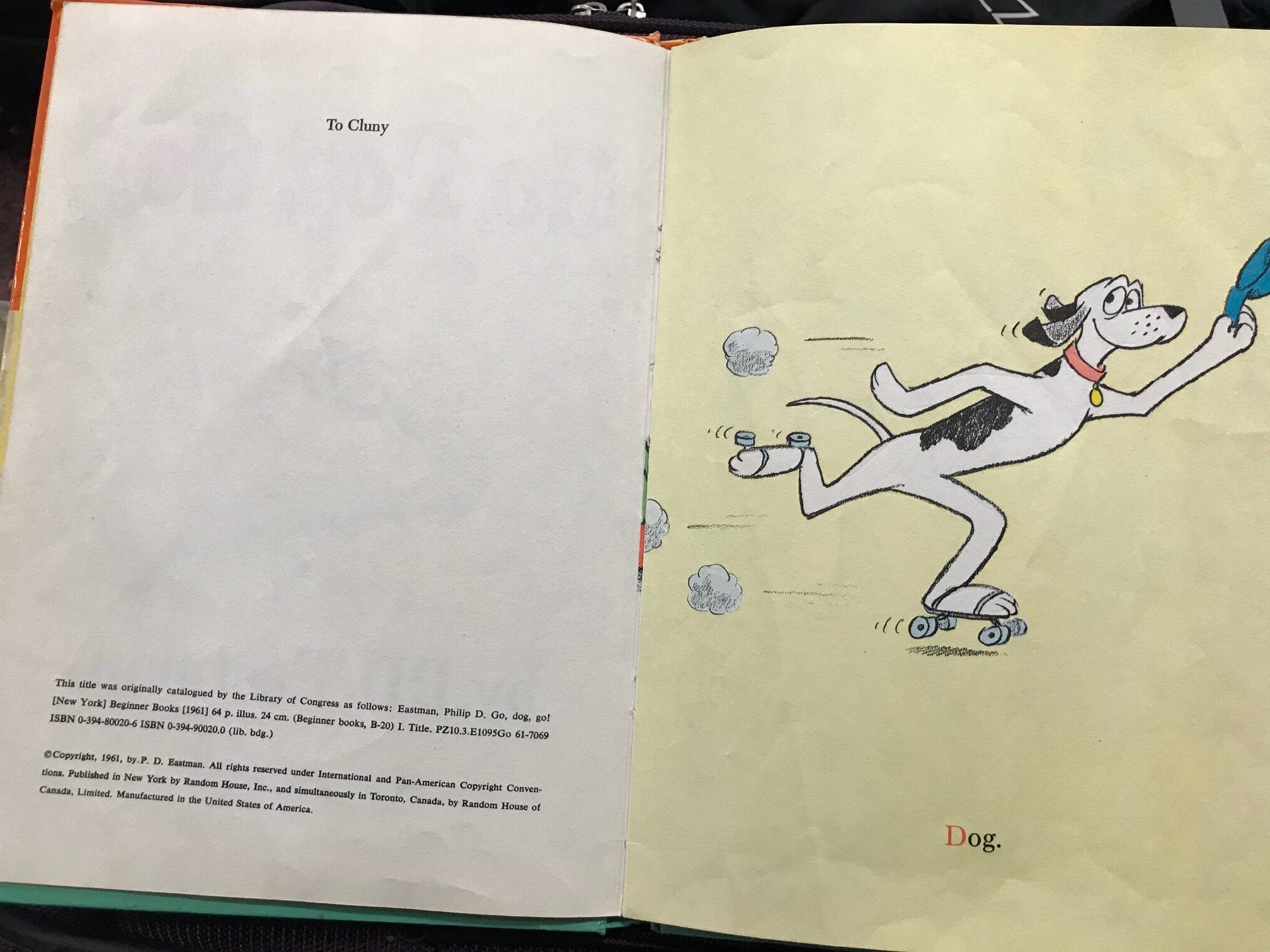
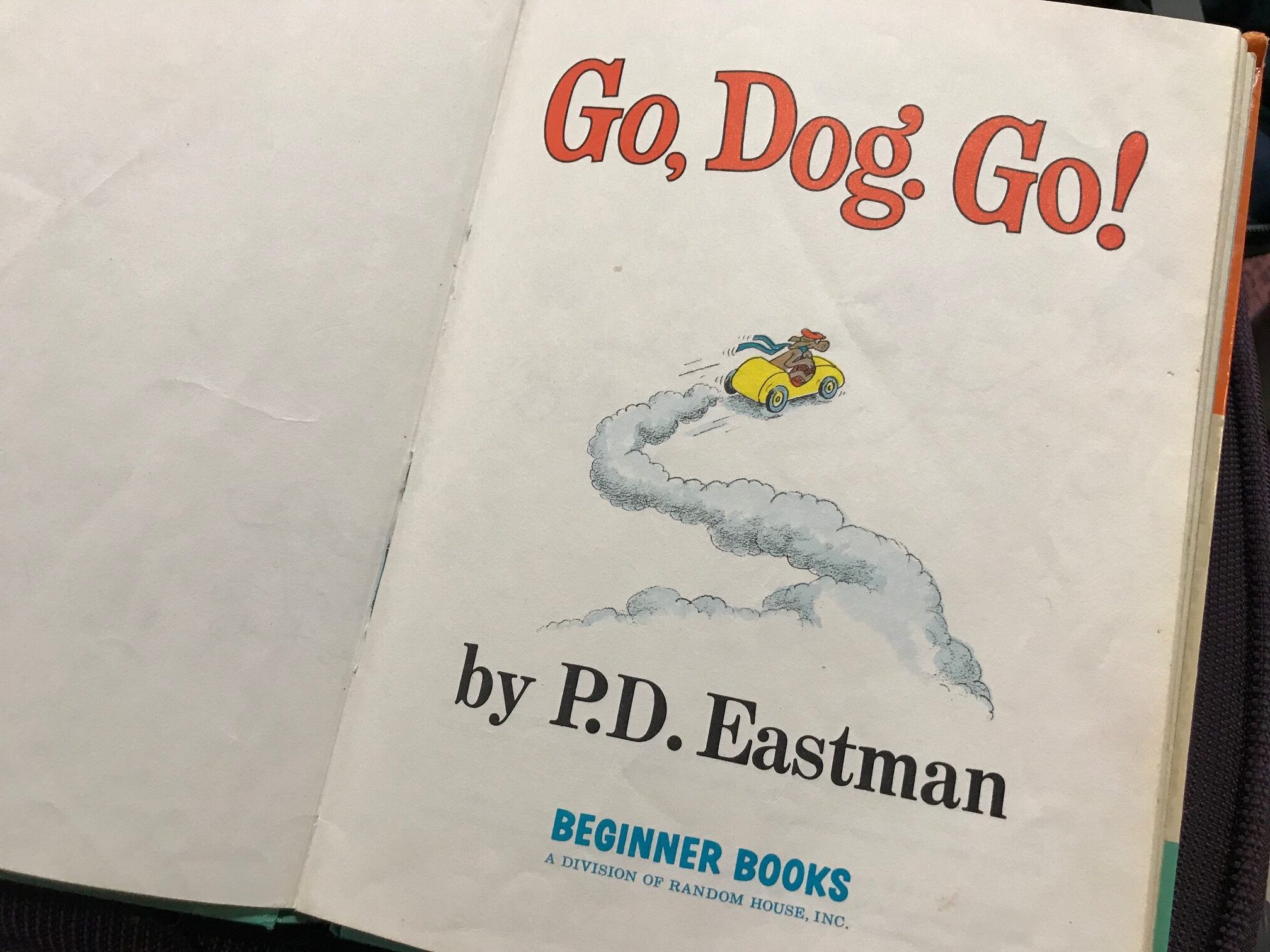
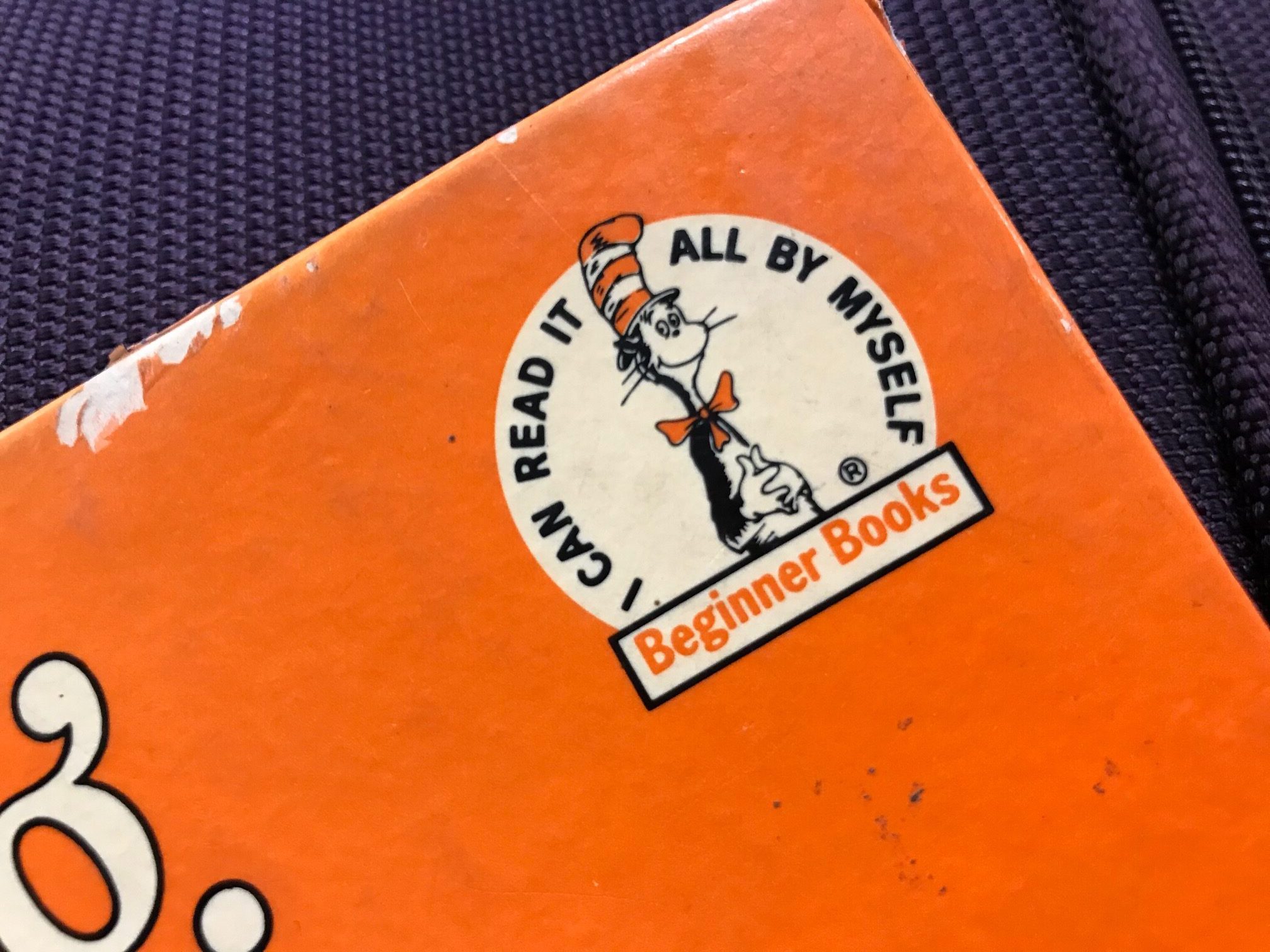

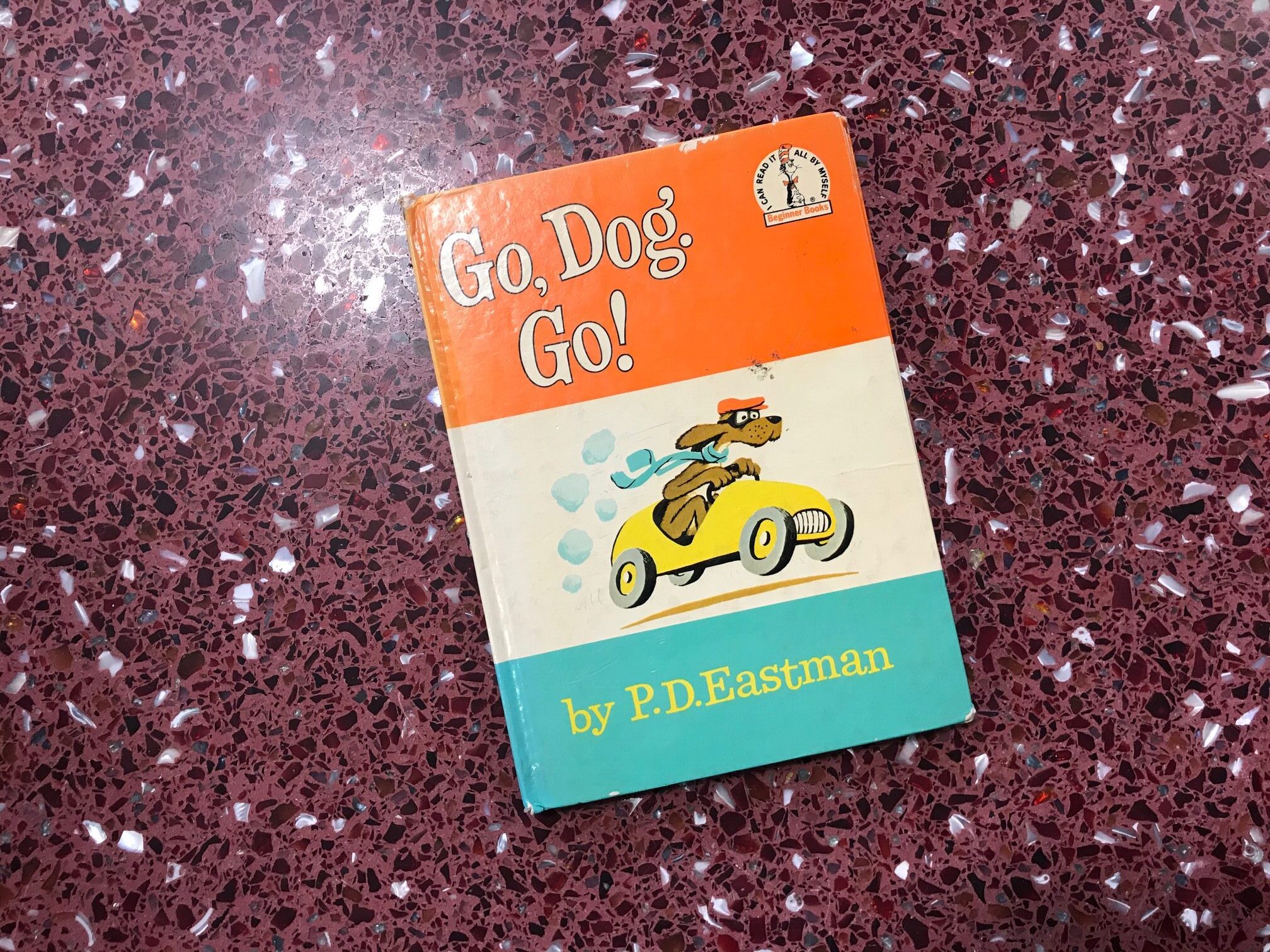
Never Miss an Important Article Again!
Join our Email List








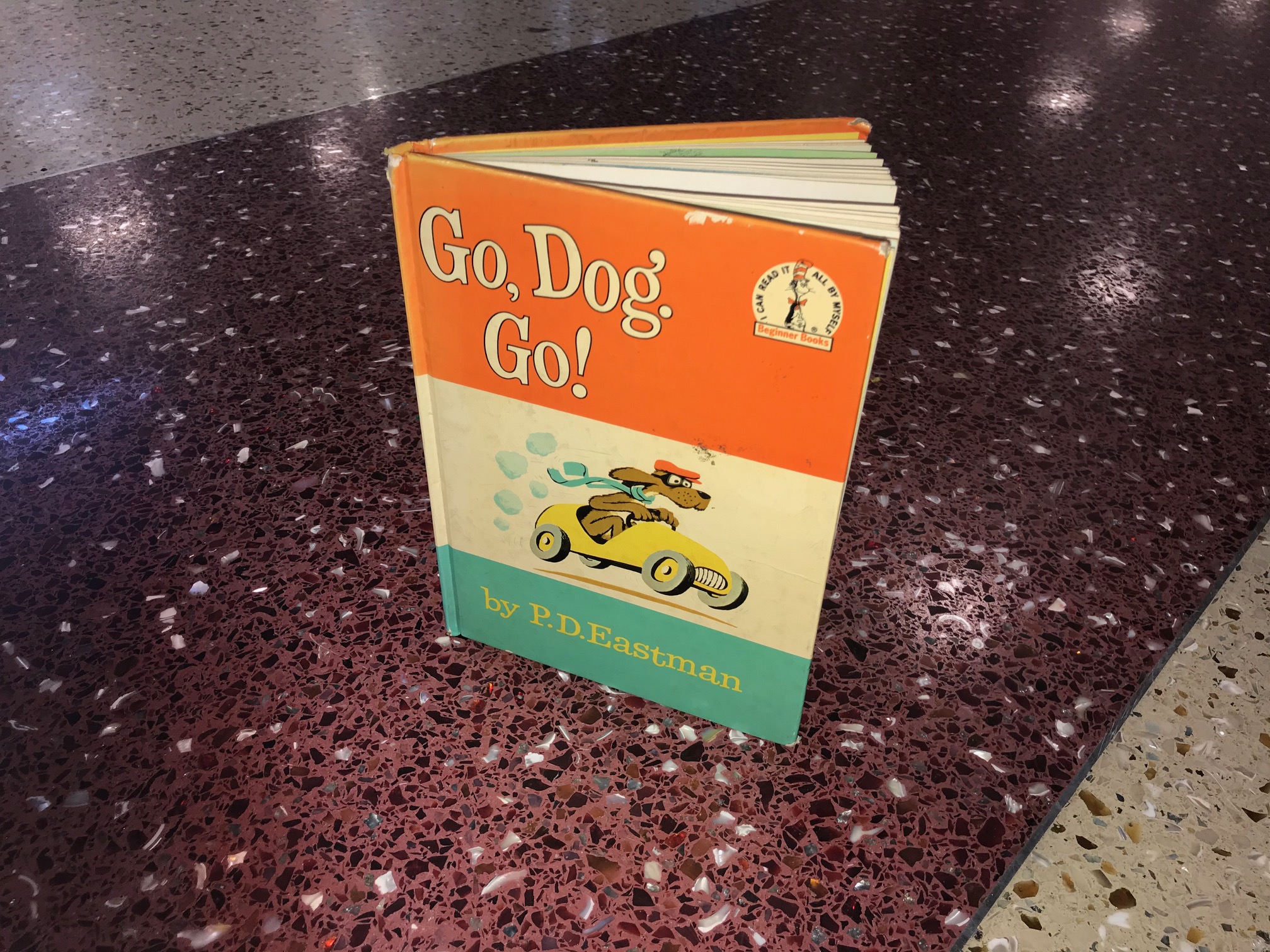
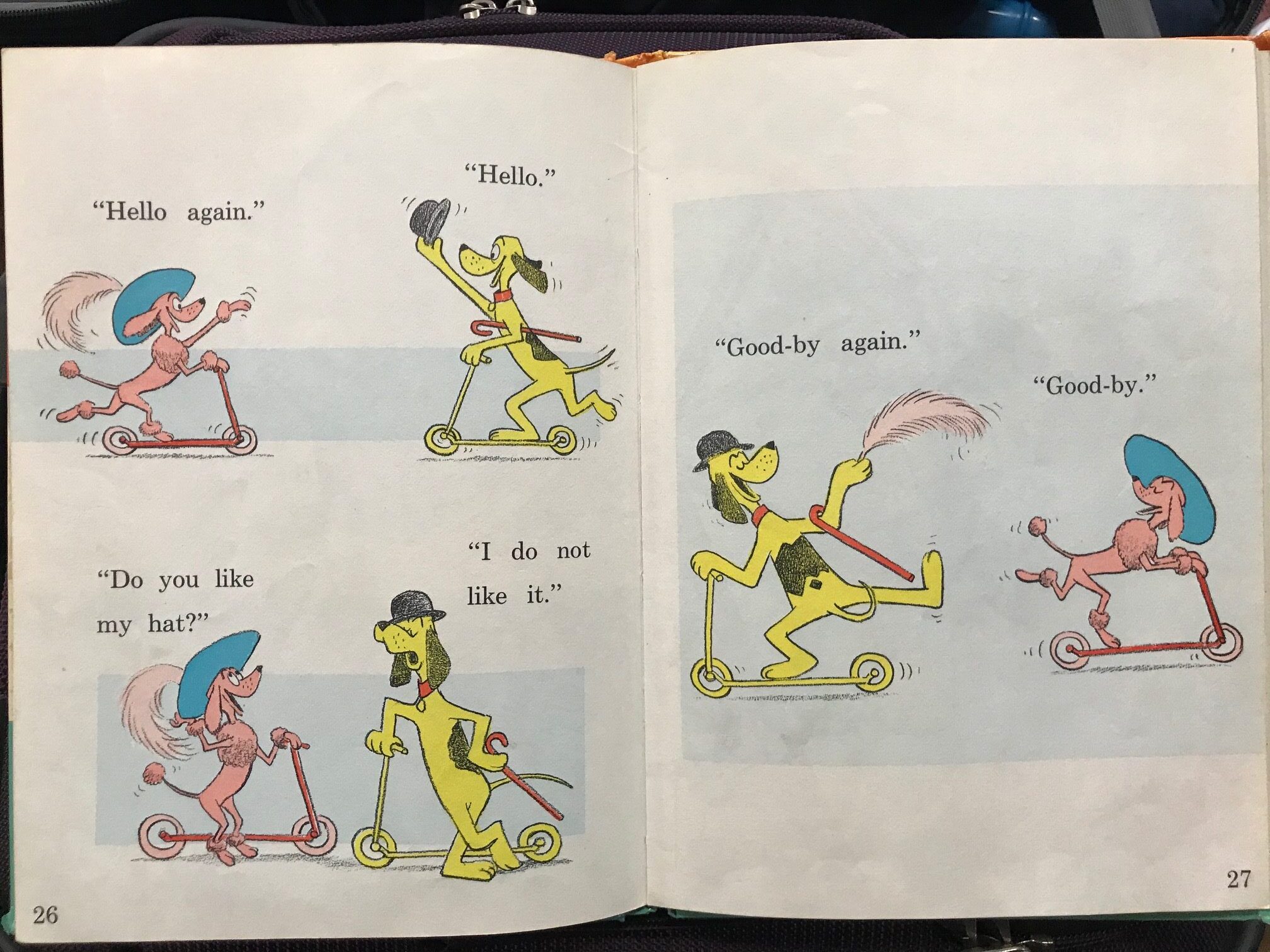
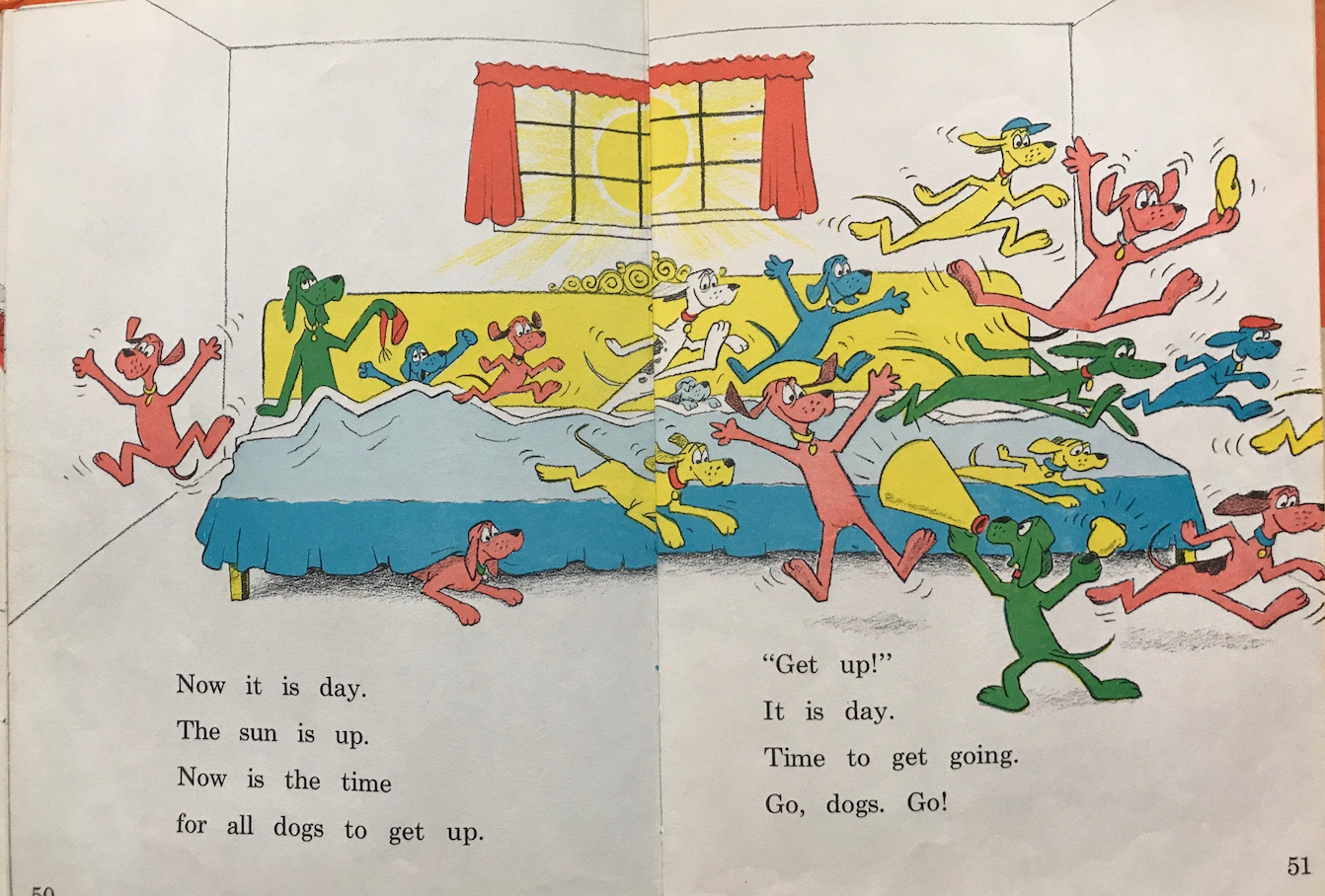

Many of the books in our library are dated with copyrights of 2000 plus years. Would you guess theses are safe?
Hi Jennifer. Those should be fine.
-Tamara